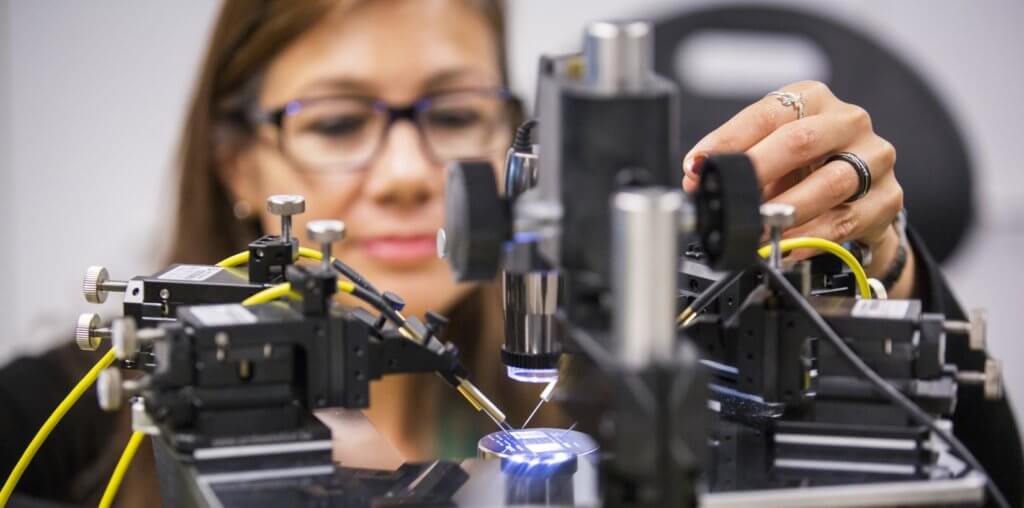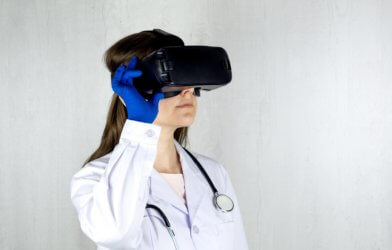We have always known that the human brain is powerful. As knowledge in neuroscience and technology advance side by side, we are catapulted into new realms of possibilities combining the two fields. Thanks to these major strides, “mind-control” is no longer just a futuristic dream or a part of your favorite sci-fi movie.
Researchers at the University of Technology Sydney (UTS) in Australia have developed a biosensor that detects signals from the brain and translates them to control robotic systems. The carbon-based biosensor attaches to the skin on the wearer’s face or head to “read” their brain’s electrical signals, allowing the wearer to operate an autonomous machine with their thoughts.
Previously developed biosensors were only single-use and not moisture-resistant, making them vulnerable to sweat. The new biosensor developed at UTS is reusable, made for long-term use, and can withstand highly saline environments. Moreover, the researchers were able to significantly reduce the sensor’s skin contact resistance, improving its ability to detect electrical brain signals when not making perfect contact with the wearer’s skin.
“With our sensor, the contact resistance improves when the sensor sits on the skin. Over time, we were able to achieve a reduction of more than 75 percent of the initial contact resistance,” says Professor Francesca Iacopi, a well-acclaimed expert in nanotechnology and electronic materials who developed the biosensor with her UTS team, in a statement. “This means the electric signals being sent by the brain can be reliably collected and then significantly amplified, and that the sensors can also be used reliably in harsh conditions, thereby enhancing their potential for use in brain-machine interfaces,” she explained.
The researchers created the biosensor using epitaxial graphene, which consists of several layers of thin but strong carbon, grown onto a silicon carbide on silicon substrate to resolve the problems with previous sensors: corrosion, durability, and skin-contact resistance. “We’ve been able to combine the best of graphene, which is very biocompatible, very conductive, with the best of silicon technology, which makes our biosensor very resilient and robust to use,” said Professor Iacopi.
The biosensor research is a collaboration between Professor Iacopi and Professor Chin-Teng Lin, a leading researcher in brain-computer interfaces. The Defence Innovation Hub, an Australian Defence innovation program, funded the research with $1.2 million.
The study was published in the Journal of Neural Engineering.
Article by Clio Rourke













Comments